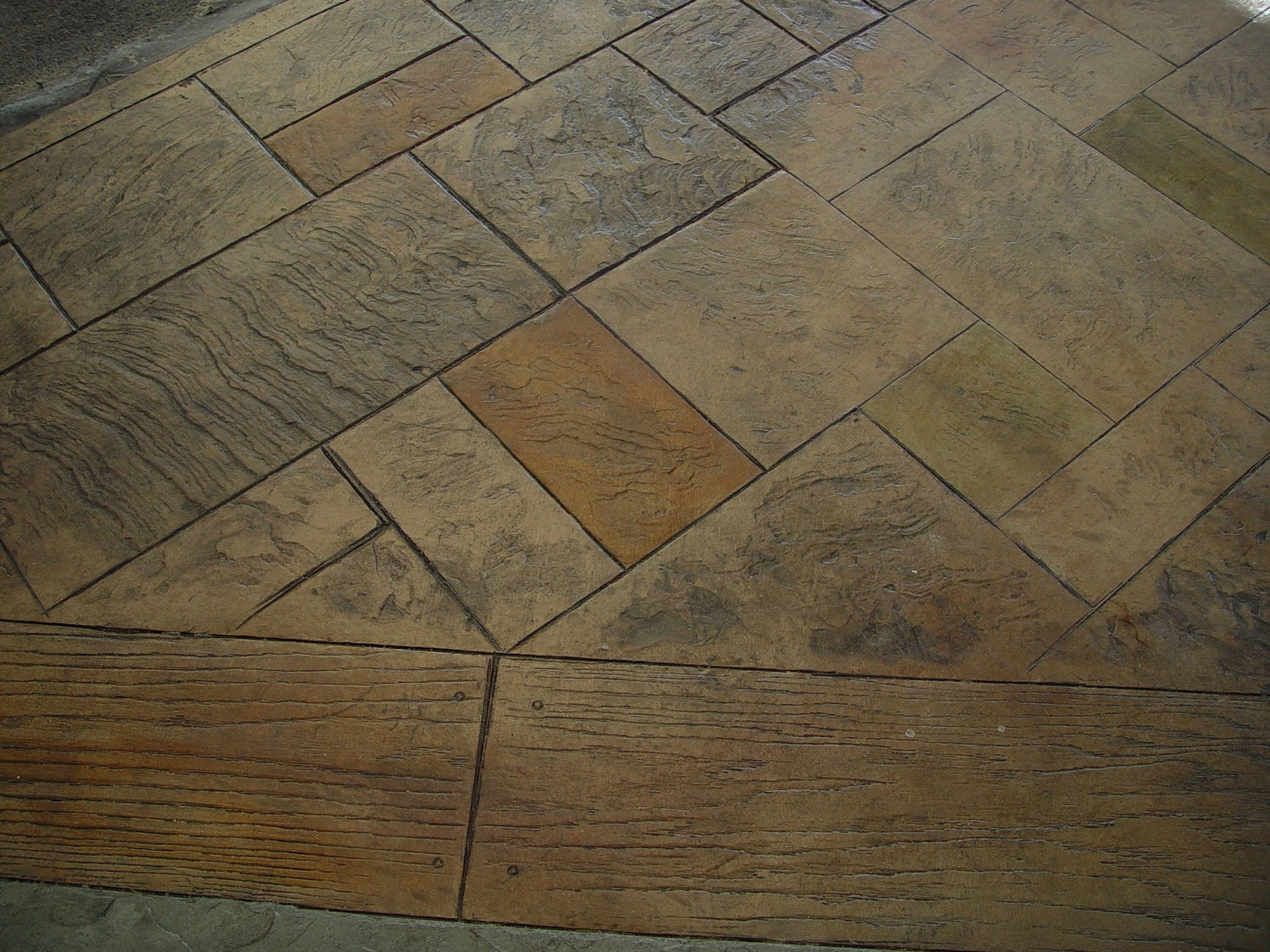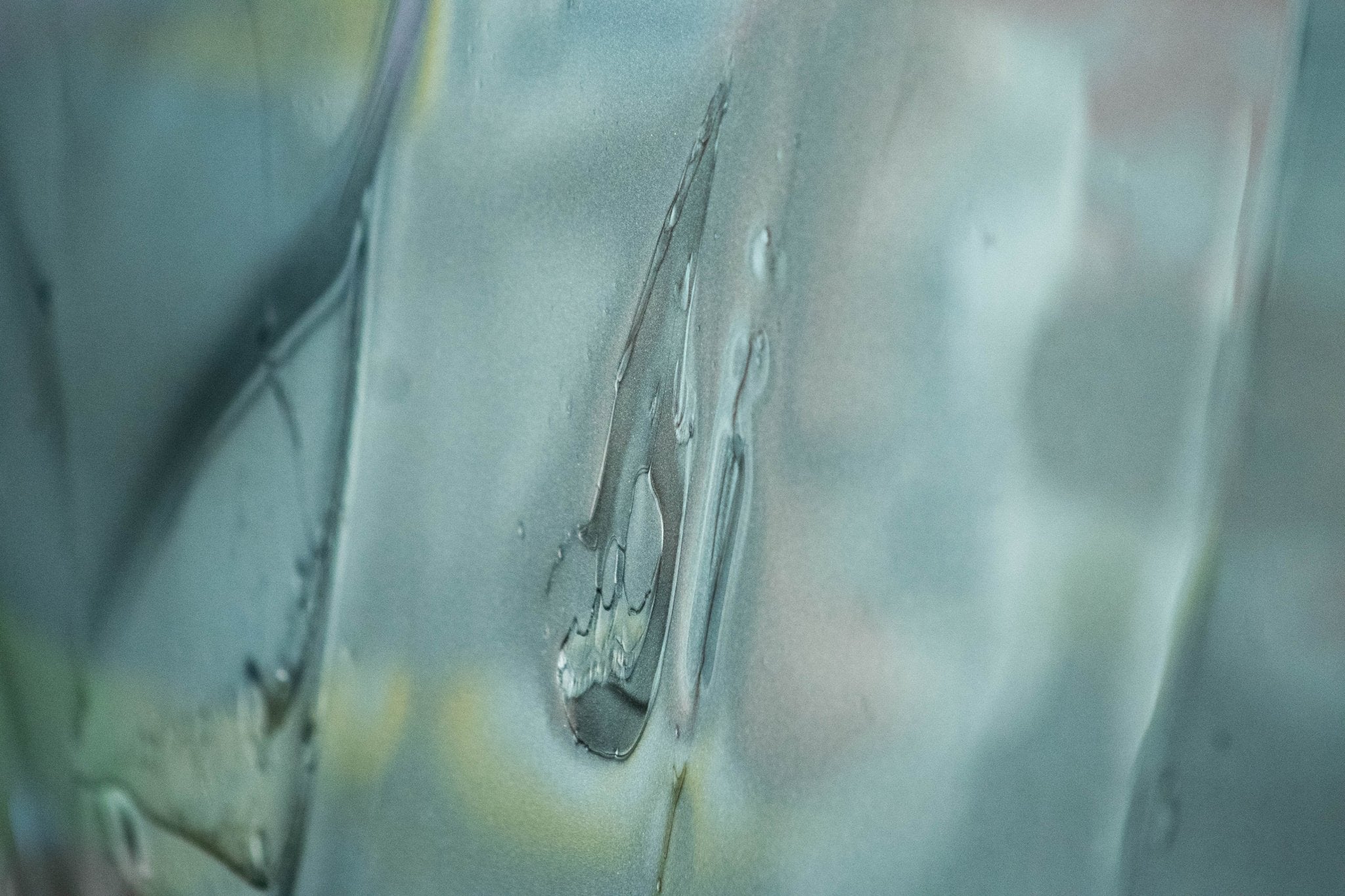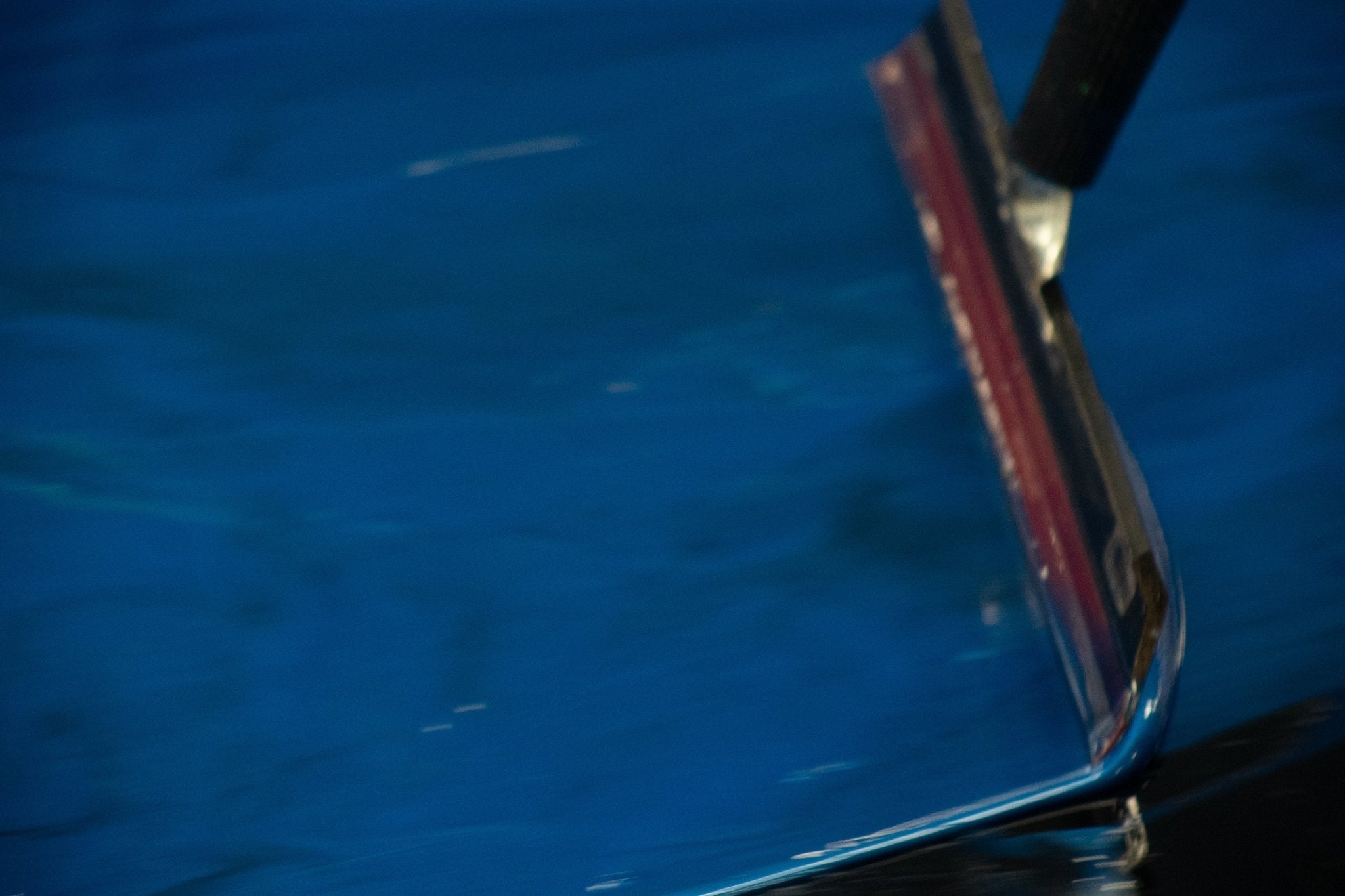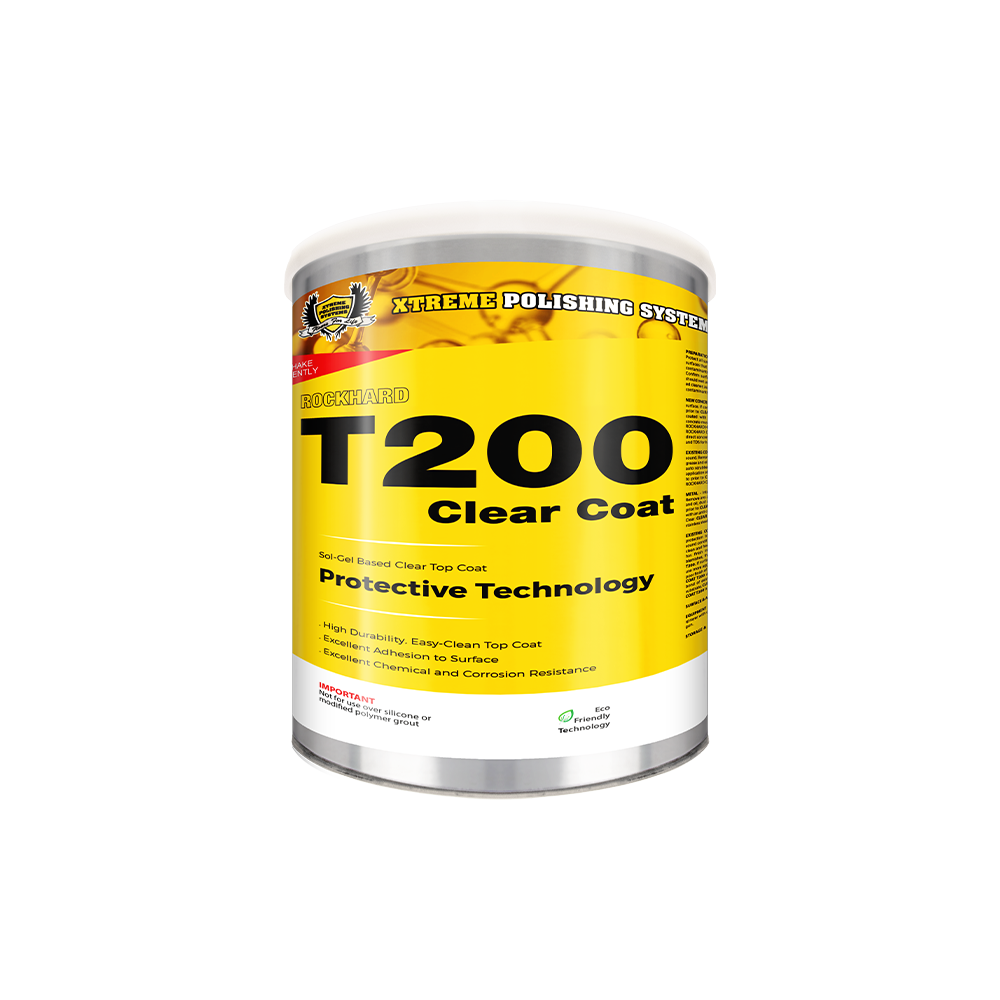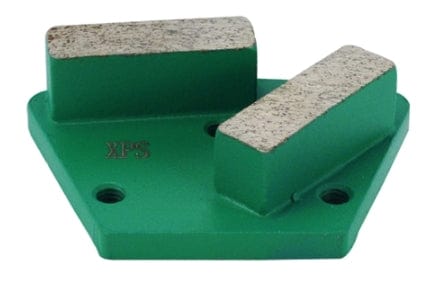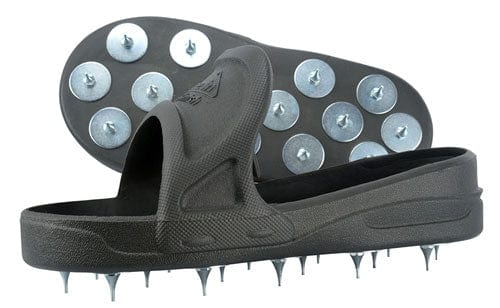There is no stronger surface than concrete flooring
A concrete floor's durable and practically indestructible foundation is the first step to producing a stained or stamped concrete finish.
Decorative concrete floors, such as stained and stamped concrete, are the lowest maintenance flooring option for indoors and outdoors because they have the following characteristics:
- Food spills, drinks, auto fluids, chemicals, and pet accidents are all resistant to stained and stamped concrete finishes.
- It is important to note that decorative concrete surfaces are sealed in order to keep dust, dirt, mold, bacteria, and allergens from collecting on them.
- The decorative finishes are also stain-resistant, so the concrete floor won't become discolored or damaged.
- There is no need for bleach, ammonia, or harsh detergents when cleaning stained or stamped concrete floors.
- UV damage won't cause stained and stamped concrete surfaces to chip, crack, peel, or fade.
- Since grout lines are sealed and protected, stained and stamped concrete that features grouted designs such as tiles, bricks, flagstones, or cobblestone does not encounter crumbling issues.
How to maintain stained and stamped interior concrete floors
Stained or stamped concrete can give your home the look of high-end finishes like marble and faux wood or stone, without sacrificing durability. Unlike wood flooring, grouted tile, or carpet that require special care, you can have various styles in different rooms with one cleaning regimen.
All in all, the best way to keep decorative concrete interior floors looking new is to regularly dust mop them and occasionally wet mop them as necessary.
The following are some concrete cleaners that we recommend:
- Xtreme Clean Concrete Cleaner
- SIMIX Multi-Surface Cleaner
- Dawn Dish Soap
Click here to check out our full selection of concrete cleaning agents.
Because stamped and stained concrete floors are resistant to dust and dirt buildup, they make cleaning them a breeze! Here are some tips for keeping stained and stamped concrete floors looking clean and beautiful:
- It is recommended that you use microfiber dust mops since they create static electricity that gets rid of dust and dirt. Swiffers also have disposable dry sweeping pads or washable microfiber covers, making them convenient to use. When dusting with Swiffer pads, pull fuzzy socks over them for an inexpensive and effective DIY project.
- Keep your floors dust-free even in places you can't see with a dust mop that flattens out.
- Cleaning liquids and oils should never be sprayed onto the dust mop, as these can create a slippery surface or dull the shine.
- Keeping concrete floors free of dust, pet hair, and crumbs can be easily accomplished with the help of a vacuum cleaner.
- As soon as the floor is dust-free, you can use a wet mop to clean it using a microfiber pad or cotton mop head. Keep your floors bacteria-free by rinsing your mop consistently while mopping in sections.
- Make sure you use a neutral-pH cleaner like Xtreme Clean Concrete Cleaner or a dish soap that is mild, gentle, and safe to use on your hands like Dawn (pH 7 to 8). Adding a few drops of Pure-Castile soap to a gallon of warm water is another great option.
- Always check the label of any commercial cleaner you use and rinse everything thoroughly with clear water. Cleaning products with neutral pH leave little or no residue behind and don't typically need to be rinsed.
How to maintain stained and stamped exterior concrete floors
While the weather and enthusiastic activities can negatively influence the finishes of exterior stained and stamped concrete, cleaning and maintenance are not labor-intensive. They are just as easy to clean as interior floors because they have durable, sealed surfaces that resist chips, cracks, and peeling.
- You can keep your outdoor floors and walkways clear of loose debris by using a push broom or leaf blower.
- A neutral pH cleaner and a pressure washer can help keep your outdoor surfaces sparkling.
- Brush away excess water after heavy rain or after hosing off sidewalks and driveways.
- Use industrial-size dust mops or brooms (18" or 36") to clean large areas like driveways, patios, or pool decks.
- Adding a sealer to stained and stamped concrete floors prevents water from seeping through. By doing this, you can prevent mold and mildew buildup under outdoor furniture, pots, and rugs.
- Once highly trafficked stamped and stained concrete floors begin to dull after a few years, they can be resealed to regain their like-new appearance.
- There is no need to spend countless hours removing grass or weeds from the faux grout lines of stained and stamped concrete floors.
Keeping your stained and stamped concrete floors protected
In addition to keeping stained and stamped decorative concrete floors clean, there are a few things you can do to enhance their performance and ensure a long and happy working relationship.
- You can preserve the floor's integrity by swiping it with an absorbent cloth after spills such as food and drink, oils, pet messes, and sticky materials.
- Invest in area rugs that absorb impact, dirt, and moisture in your entryway, kitchen, bathroom, and laundry room.
- Waxing interior stained or stamped concrete floors can offer additional protection.
- A resealing every 18 to 24 months will restore the look and feel of your stained and stamped concrete floors if they become dull or show wear in heavily trafficked areas.
- Check the average pH levels of common cleaning supplies to determine if they are safe for stained and stamped decorative concrete floors.
Conclusion
Keeping your spaces clean and healthy all year long is easy with beautiful stained and stamped concrete floors. It's time to spend less time cleaning and more time enjoying your stained and stamped decorative concrete floors! Find an Xtreme Polishing Systems location near you by calling (877) 958-5732 or visiting www.xtremepolishingsystems.com.
